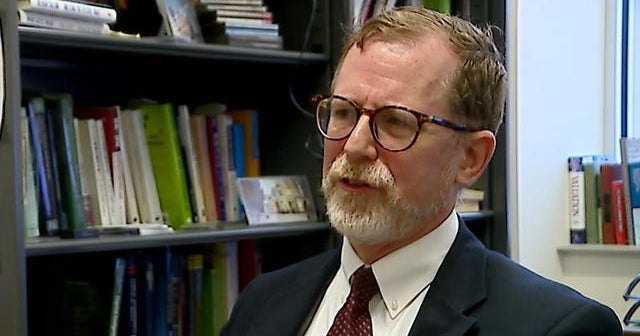Unveiling the Scientist Behind the Masterpieces: Leonardo da Vinci
Leonardo da Vinci is often celebrated as a quintessential Renaissance artist, known for his masterpieces such as the Mona Lisa and The Last Supper. However, his legacy extends far beyond his artistic endeavors; he was also a pioneering scientist whose contributions to various fields laid the groundwork for modern science and engineering. This article aims to uncover the lesser-known scientific achievements of da Vinci, illustrating how his insatiable curiosity and intellect transcended the boundaries of art and led to groundbreaking discoveries.
The Anatomy of a Genius
One of da Vinci’s most remarkable scientific pursuits was his extensive study of human anatomy. Through meticulous dissections of human and animal bodies, he produced detailed anatomical drawings that were unprecedented in their precision and insight. His studies revealed the complexities of the human skeletal and muscular systems, providing a foundation for future anatomical science.
- Innovative Techniques: Da Vinci’s approach to anatomy involved not just observation but also experimentation. He used techniques such as cross-sectioning and perspective drawing to depict the body in three dimensions.
- Impact on Medicine: His anatomical sketches, which included insights into the heart, brain, and internal organs, were not published until centuries later, yet they influenced medical education profoundly.
Engineering Marvels
Da Vinci’s engineering ingenuity was equally impressive. His notebooks are filled with designs and concepts that were far ahead of his time, including flying machines, armored vehicles, and intricate hydraulic systems.
- Flying Machines: Da Vinci’s fascination with flight led him to design several flying machines, including the ornithopter, which mimicked the flapping wings of birds. Although these designs were never built in his lifetime, they laid the groundwork for future aviation innovations.
- Hydraulic Engineering: His studies of water flow and mechanics culminated in designs for bridges and canals that showcased his understanding of fluid dynamics, which would not be fully appreciated until the modern era.
Natural Sciences and the Environment
In addition to anatomy and engineering, da Vinci made significant contributions to the natural sciences. His observations of the natural world were meticulous, and he approached the study of nature with the same rigor he applied to art.
- Botanical Studies: Da Vinci’s botanical drawings and studies of plant life demonstrated his understanding of the relationship between plants and their environments. He meticulously documented various species, emphasizing their anatomical features and growth patterns.
- Hydrology: His investigations into water’s movement and properties contributed to a broader understanding of hydrology and ecology, promoting the idea that nature operates as an interconnected system.
A Multidisciplinary Approach
What sets Leonardo apart as a scientist is his multidisciplinary approach. He seamlessly integrated art, science, and technology, believing that understanding one discipline enhances the other. This holistic view is encapsulated in his famous quote: “Simplicity is the ultimate sophistication.”
This philosophy not only fueled his artistic creations but also informed his scientific inquiries.
Legacy and Modern Relevance
Leonardo da Vinci’s contributions to science were not fully recognized until centuries after his death, yet they continue to resonate today. His notebooks, filled with sketches and ideas, inspire modern scientists and engineers to think creatively and challenge conventional limits.
- Interdisciplinary Innovation: In today’s rapidly evolving world, the need for interdisciplinary approaches is more crucial than ever. Da Vinci’s legacy serves as a reminder of the importance of curiosity and exploration across diverse fields.
- Inspiration for Future Generations: As we face global challenges such as climate change and technological advancements, the innovative spirit of da Vinci encourages future generations to foster creativity and critical thinking.
Conclusion
Leonardo da Vinci was not just a master painter but a visionary scientist whose groundbreaking work in anatomy, engineering, and natural sciences laid the groundwork for future advancements. His ability to transcend the boundaries of art and science demonstrates the power of curiosity and the importance of a multidisciplinary approach to knowledge. As we continue to explore the intersections of various fields, da Vinci’s legacy reminds us that the pursuit of knowledge is a never-ending journey, one that can lead to remarkable discoveries and innovations.
See more TED Talks World



